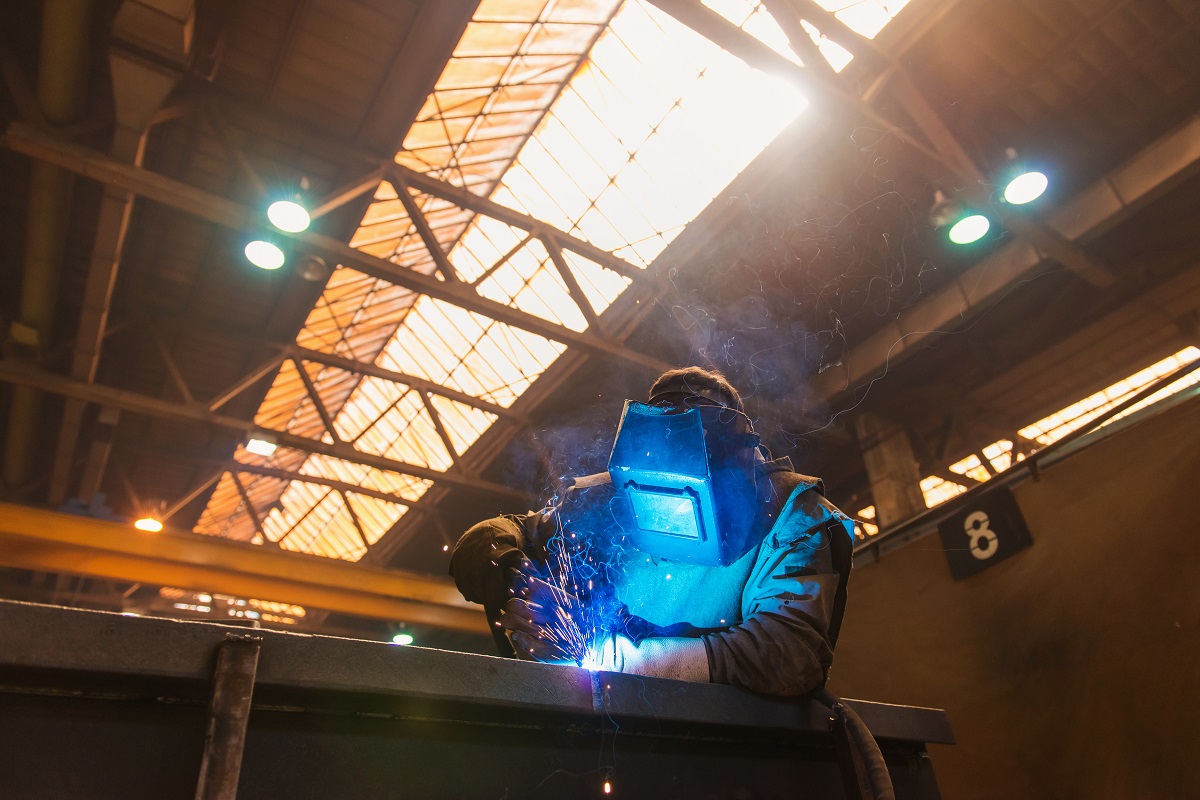A Comprehensive Guide to Identifying, Stopping, and Fixing Undercut Welding Problems in Your Welding Tasks
In the realm of welding, running into undercut problems is a common difficulty that can compromise the architectural honesty and total high quality of your welding jobs. Understanding the origin behind undercut welding, having the ability to precisely find it in your welds, and implementing effective preventative actions are vital skills for any kind of welder. In addition, having the understanding and techniques to fix undercut problems when they do take place can make a considerable difference in the last end result of your welding ventures. Stay tuned as we discover the crucial components of recognizing, avoiding, and fixing undercut welding issues, supplying you with important understandings and methods to elevate your welding abilities to the next degree.
Usual Reasons For Undercut Welding
Undercut welding, a typical issue in welding processes, can be brought on by various aspects that require to be thoroughly recognized and addressed to guarantee the integrity of the weld joint. Among the primary reasons for undercut welding is excessive warm input. When the welding parameters, such as voltage, current, or travel speed, are not appropriately established, an excessive amount of heat can be generated. This excess warm brings about the melting and succeeding elimination of the base product along the edges of the weld joint, producing a groove referred to as undercut.
One more common reason of undercut welding is incorrect welding method. Determining these root creates and applying corrective procedures is crucial in protecting against and remedying undercut welding issues in welding jobs.
Identifying Undercut in Welds

To identify undercut precisely, appropriate lighting and zoom tools are vital to check the weld joint thoroughly. Utilizing tools such as a welding gauge or a magnifying glass can assist in discovering even the smallest undercut flaws. Furthermore, running a finger or a fingernail along the weld joint can often disclose undercut, as the surface area may feel irregular or have a dip where the undercut exists.
Safety Nets for Undercut
Having a deep understanding of the reasons of undercut in welds allows for the application of effective precautionary actions to keep weld top quality and integrity. These settings should be maximized to stop extreme warm input, which can lead to undercut development.

Methods for Fixing Undercut

To resolve undercut issues effectively, welders can use certain strategies aimed at remedying the flaw and bring back the honesty of the weld joint. One strategy is to adjust the welding criteria, such as the voltage, present, and travel rate, to ensure correct warm input and fusion. Raising the welding current or reducing the traveling speed can help fill up in the undercut. Furthermore, changing the welding strategy from a press to a drag or the other way around can also help decrease undercut.
One more technique is to utilize a weaving motion while welding to make sure correct sidewall combination and fill in the undercut. By oscillating the welding arc back and forth within the weld joint, the welder can deposit more filler product into the undercut locations, effectively removing the defect.
Additionally, grinding out the undercut and rewelding the joint can be a feasible solution for extra serious undercut problems - Preventing weld undercut. This procedure involves getting rid of the undercut area, preparing the base steel, and then rewelding the joint with correct welding specifications and techniques to stop undercut from reoccurring

Professional Tips for Staying Clear Of Undercut
Utilizing proper welding techniques and maintaining control over key welding criteria are crucial techniques for welders intending to stop undercut in their weld joints. One professional tip for staying clear of undercut is to ensure appropriate joint preparation. This includes cleaning up the base metal extensively to get rid of any type of impurities that can result in undercut development. Furthermore, choosing the ideal welding process and filler steel for the specific application can aid avoid undercut. Welders should also pay attention to the welding existing and voltage settings, guaranteeing they are within the suggested my latest blog post range to avoid overheating and prospective undercut. Keeping a constant travel rate during the welding process is another important pointer to avoid undercut. By moving at a consistent speed, welders can guarantee correct fusion and helpful hints minimize the possibility of undercut formation. Evaluating the weld bead after conclusion can aid identify any type of indicators of undercut early on, permitting for prompt corrective action to be taken.
Conclusion
To conclude, identifying, stopping, and fixing undercut welding issues in your welding projects is essential for guaranteeing durable and solid welds. Preventing weld undercut. By recognizing the usual reasons for undercut, being able to recognize it in welds, applying safety nets, and utilizing correct strategies for taking care of undercut, you can prevent possible problems and create top quality welds. Following expert tips for staying clear of undercut can assist you improve your welding abilities and produce far better outcomes in your projects
Undercut welding, an usual problem in welding procedures, can be caused by various factors that need to be thoroughly identified and dealt with to guarantee the honesty of the weld joint. In addition, running a finger or a fingernail along this content the weld joint can occasionally expose undercut, as the surface may really feel uneven or have a dip where the undercut exists.
Using appropriate welding strategies and preserving control over vital welding specifications are critical methods for welders aiming to stop undercut in their weld joints.In conclusion, determining, stopping, and repairing undercut welding issues in your welding tasks is important for guaranteeing sturdy and solid welds. By comprehending the common reasons of undercut, being able to recognize it in welds, executing precautionary steps, and making use of proper methods for taking care of undercut, you can stay clear of prospective concerns and create premium welds.